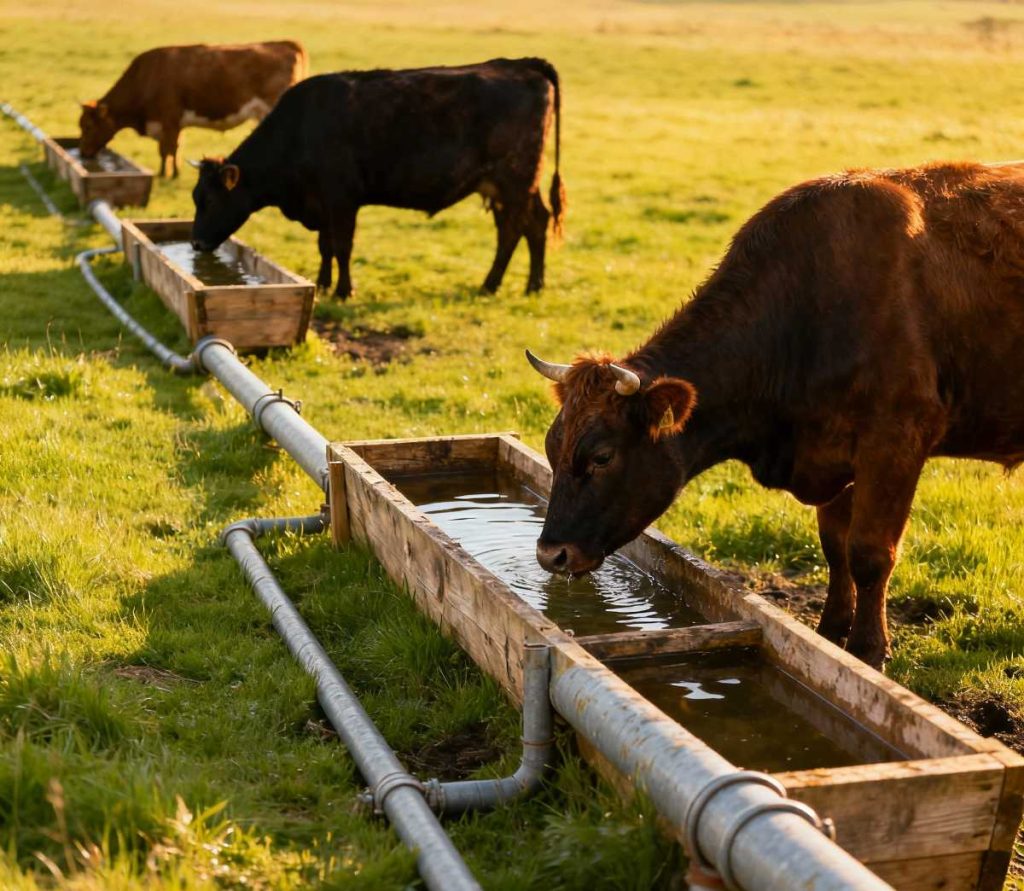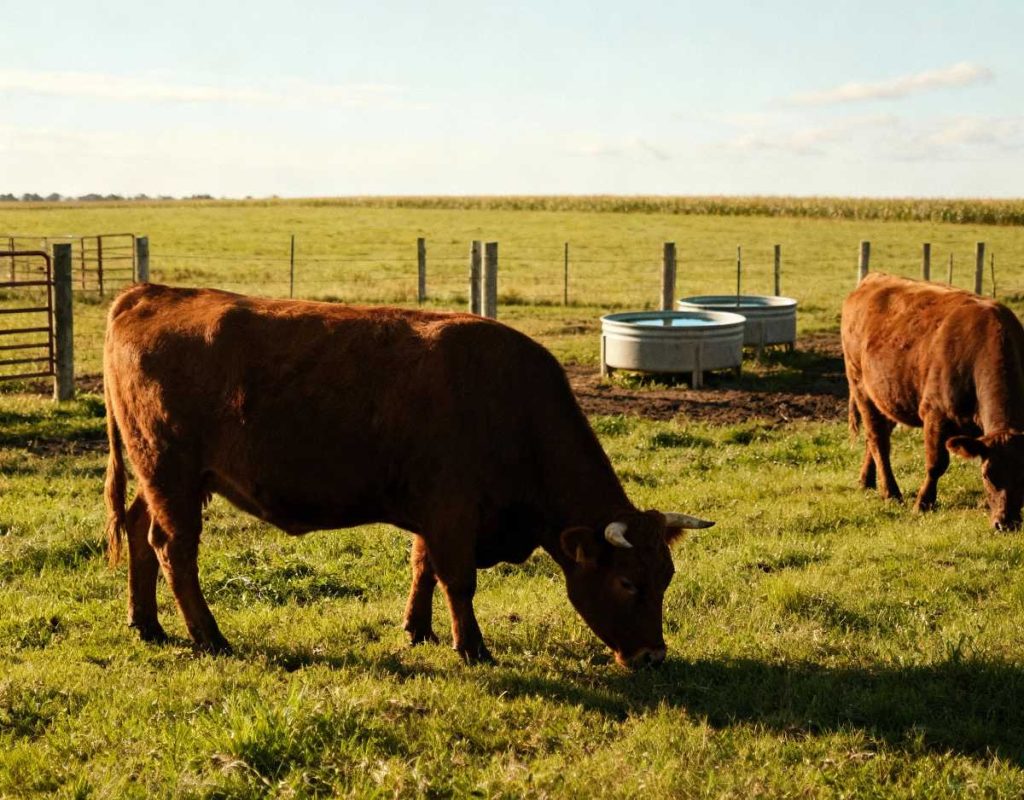The health and productivity of a herd of cattle is highly dependent on pasture management. Properly managed pastures are known to offer a steady nutritional system, minimize the chances of diseases and contribute to the overall growth and health of the animals.
Cattle performance, feed efficiency and the sustainability of the farm can be greatly improved by the farmers who work on the improvement of the pastures. Proper management of pasture by investing time and efforts is a strategy that will provide cattle with quality forage all year round.
To manage pastures properly, one has to know the soil conditions, grass species and the grazing patterns. Through the analysis of the land and scheduling of grazing, the farmers will be able to avoid over grazing and soil erosion. Natural forage is encouraged by healthy pastures and thus less supplemental feed is required and cost of operation is reduced. An effective pasture management strategy will be the precursor of a successful herd.
Soil And Fertility Management
Healthy soil is very crucial in ensuring the production of healthy forage in cattle. Regular testing of the soil enables farmers to know the deficiencies of nutrients and modify their fertilization.
The application of the right type and quantity of fertilizer enhances grass production and this has a direct effect on the quality of food that the herd can get. Amendments in soil and application of lime can also improve the pH level, which will help the plants be more nutrient-accessible.
To ensure that the soil is fertile, it is also important to rotate grazing fields so that the soil does not get depleted. Pastures that are overgrazed lose their soil structure and fertility resulting in low production of forage.
Farmers can rotate grazing and resting fields, which allow keeping soils healthy to foster the development of various grass species. Good management of the soil is an investment in the productivity of the pasture and welfare of livestock over the long term.
Grazing And Turning
A grazing rotation system will prevent overgrazing and will promote even distribution of the forage. Through subdivision of pastures and frequent rotation of cattle, farmers give grass time to regenerate between the grazing cycles. The result of this course is that not only is the density of pasture maintained but also the spread of parasites that may spread among the herd is minimized.
Rotational grazing is also able to supply the cattle with a mixture of different types of forage which improves their overall diet. Properly grazed fields decrease the stress on the livestock and facilitate natural foraging.
The farmers are supposed to pay attention to the conditions of pasture and adjust the rotation regime based on the weather and the growth rate of the forage. A proper cattle gate system would facilitate easy movement of cattle in and out of the grazing field with minimum disturbance of the cattle.
Weed And Pest Control
Weeds and pests are a major concern to keep the pastures at a high quality. IPs propagate at the expense of grasses because they are able to compete with them on nutrient and water resources, limiting their forages.
Weeds are managed by mowing regularly, applying herbicides and selectively planting desirable grasses. Plentiful pastures with low weed levels have the advantage of ensuring consistent feed, and less risk of cattle eating toxic plants.
The management of pests is also vital because insects and other animals may destroy the quality of pasture and infect the herd with diseases. Farmers can use natural predators, biology or integrated pest management to reduce the population of pests. Avoiding infestations will mean that pastures are productive and safe enough to feed cows.
Water Supply And Infrastructure

Cattle and pasture productivity are closely tied to access to clean water that is reliable. Properly spaced water supplies promote even grazing of the pastures, avoiding overuse or erosion in certain parts. Water troughs or ponds should be installed in strategic places and can be used to spread cattle movement and forage regeneration in their underutilized places.
Cattle gates, fencing and pathways are examples of infrastructure which facilitates pasture management. Gates enable farmers to transport animals in and out of the sections easily and minimise stress affecting the herd.
Well constructed infrastructure reduces the destruction of pastures and ensures that both cattle and farm workers are safe. Durability and positioning of facilities can be invested to help in the sustainability of pastures in the long run.
Monitoring And Maintenance
The condition of the pasture is supposed to be checked frequently in order to discover any problems early enough and act accordingly. To keep pastures productive, farmers have to assess the forage height, density and plant diversity. Based on such observations, the grazing, fertilizers, irrigation timeline can be changed.
Fences are also maintained including repairs, water system and erosion check ups. Periodic upkeep also serves to make sure that minor issues do not progress to a level of massive pasture decay. By keeping the pasture in check, the farmers can produce quality pasture that results into healthy and productive cattle.
Conclusion
Ensuring better pasture management is a complex undertaking with direct positive impacts on a herd of cattle in terms of health and development. Caring of soil, rotational grazing, weed and pest management, watering and infrastructure all lead to a healthy pasture environment.
With such practices farmers will make sure that cattle have a steady access to nutritious forage, minimize stress effects, and minimize risk of disease. The dedication to pasture management over a long period produces a sustainable system, which sustains the land as well as the herd.





